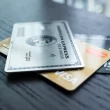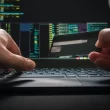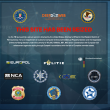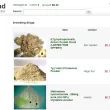How are credit cards sold on the dark web?
Dark web credit card numbers is one of the popular categories where most people on the dark web access or try to buy stolen credit cards, and some may also buy dumped credit cards.
This credit card information’s sold mainly through dark web markets, marketplaces, and forums of the dark web.
The dark web is a tool or place for hackers and cybercriminals to sell stolen credit cards, data associated with the cards, prepaid cards, gift cards, etc.,
Every year over 5 billion dollars of sales are happening over the dark web only in the credit card category.
What are the details provided while buying credit cards?
For every sale of the credit card, the following details will be provided,
- The credit card number.
- Expiry date.
- CVV
- Name on the card.
- Banking name.
- PIN.
For each card, there will be an amount that will be either loaded or in the card. The total amount on the card will be provided after buying and making the payment.
In addition, some markets sell preloaded credit cards like there will be a particular amount on every card.
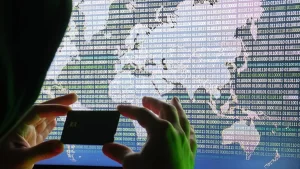
Dark web credit card numbers websites :
- Blackmart
Blackmart is a website sells credit cards, money transfers like PayPal and western union, gift cards, electronics, and documents.
The site is famous for selling credit cards with CVV and PIN.
- BidenCash
Bidencash is a brand-new website on the dark web. It is handled by hackers who steal credit card numbers online and sell them on the dark web.
For their promotion, they sold around 1.2 million credit cards for free.
- Caribbean cards
Caribbean Cards is a marketplace for credit card numbers, selling stolen credit card details that include CVV, PIN, and card number. All the money is preloaded.
- Horizon Store
Horizon store is another marketplace for credit cards. They have a category of preloaded credit cards and sell them for some price range.
- Cardzilla
Cardzilla is a darknet market for credit cards and money transfers, including PayPal and Western Union.
Most dark web markets rise and emerge quickly as people are more active on the dark web forums, where users share and get the details of which website sells what and how to buy them.
How are hackers stealing the cards?
As technology evolves, hackers use advanced tools to hack and get credit card details from the banking system or from individuals by phishing.
You are wrong if you think your credit and debit cards are safe. One should always consider safeguarding their credit card details by not providing any details to the scammers. Do not click any unknown links posing themselves as your banks. You may enter the phishing site and provide them with all the details and information. From there, the details will be stolen and saved. Then the data will be sold on the dark web.
How to safeguard yourself from these attacks?
Protecting your financial information is most important in today’s modern technological world. One must protect credit cards, debit cards, and banking information.
Follow the below practice to ensure a safe and peace of mind while doing online transactions.
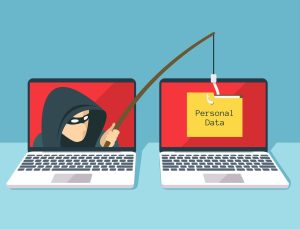
Strengthen your password :
A strong password is the first line of defense against unauthorized access. When creating passwords for your banking accounts, avoid common mistakes like choosing your name, birth date, or “123456” as your password. Always use a combination of uppercase and lowercase letters, numbers, and special characters to make sure your password is highly safe. Ensure your passwords differ for each account, and avoid using personal information. Using a password manager tool to store and generate strong passwords is recommended.
Beware of Phishing attempts :
Phishing attacks aim to trick you into revealing sensitive information. Ignore emails, text messages, or phone calls asking for your credit card numbers, debit card numbers, or banking passwords; no banks will ask for passwords, PINs, or CVV. Banking sectors will never request such information. Instead of clicking on links in suspicious messages, visit the official website of the organization directly. Always double-check the website’s URL to ensure it is secure and starts with “https://.”
Monitor Account Activity :
Regularly monitoring your credit card and bank account activity is essential to detect unauthorized transactions. Always check your financial institutions’ notifications and alerts, which can notify you of any suspicious activities in real-time. Review your monthly statements carefully and report any discrepancies immediately.
Use Secure Networks and Websites :

When accessing your banking or making online purchases, avoid using public Wi-Fi networks, as they can be exposed to hackers. Instead, opt for secure, password-protected networks or use a virtual private network (VPN) for added security. Ensure that the websites you visit have a valid SSL certificate. This ensures that the data transmitted between your browser and the website is encrypted.
Keep Software and Devices Up to Date :
Regularly updating your operating system, web browser, and antivirus software is crucial in maintaining a secure digital environment. These updates often include patches for vulnerabilities that hackers could exploit. Enable automatic updates whenever possible, as they ensure that your devices are protected with the latest security measures.
